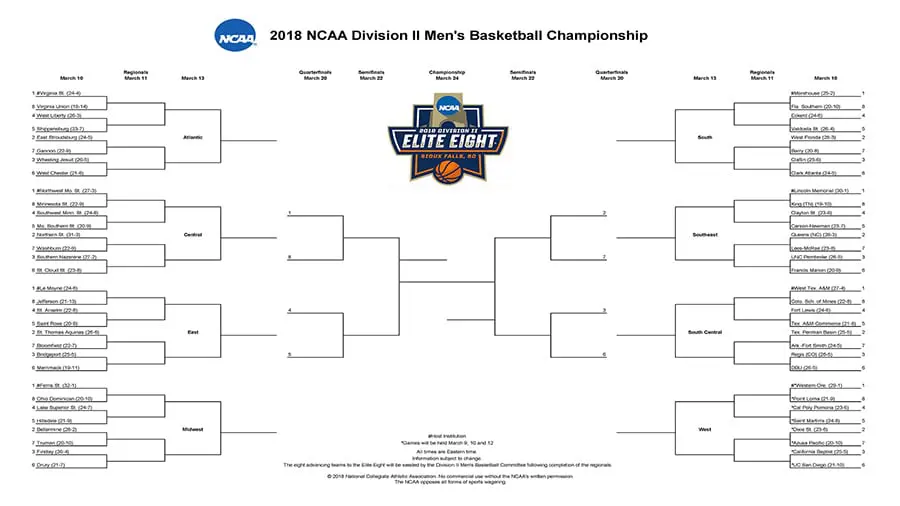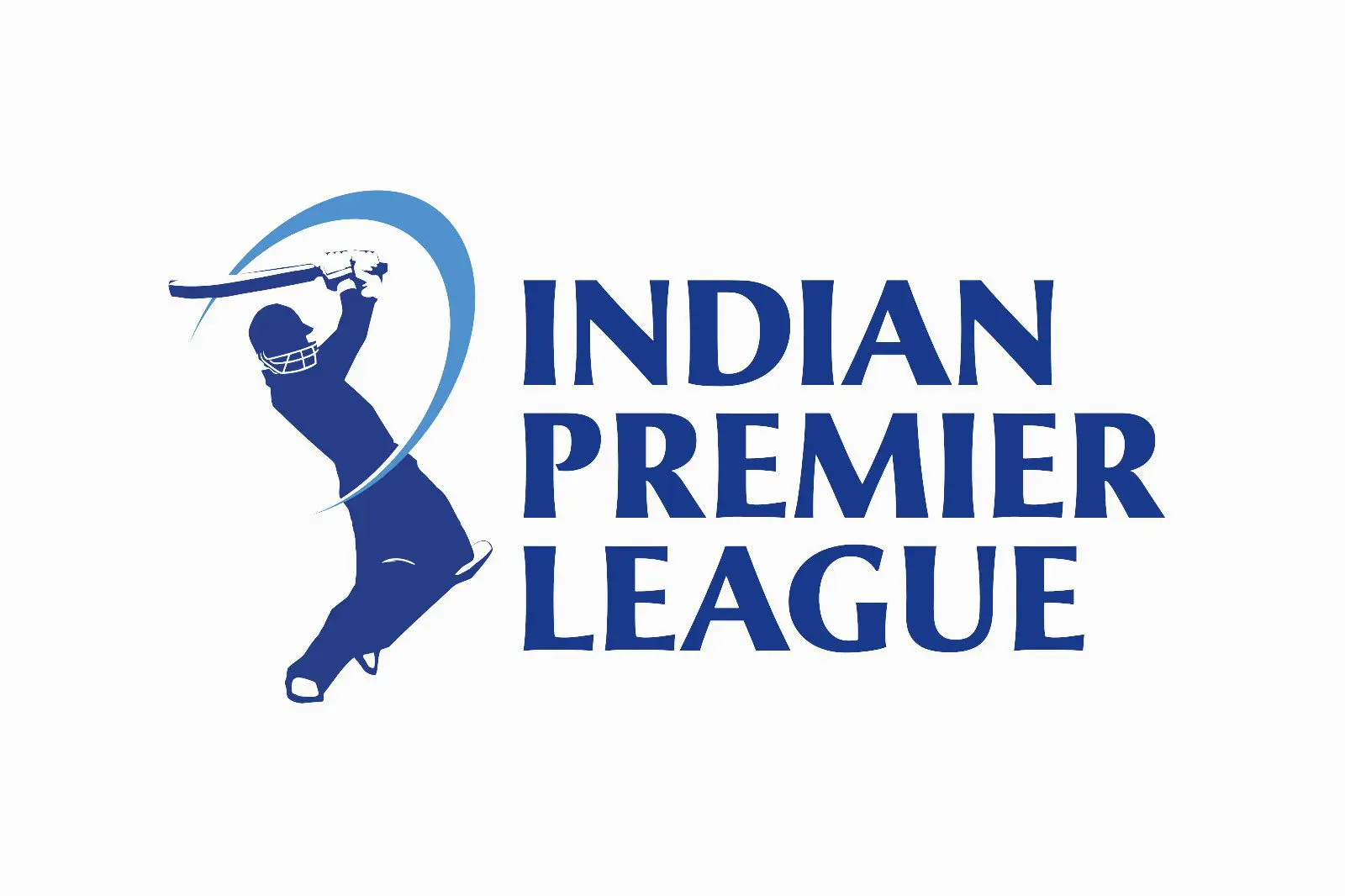One of the greatest challenges in all of USA sports fandom is the legendary March Madness Bracket.
Mathematicians put the odds of successfully tipping the right results in an entire March Madness Bracket at one in 9.2 quintillion — giving you an idea of just how tough and how great a challenge it is.
Here are some of the key dates for the NCAA Tournament, referred to as March Madness.
- March 17 – Selection Sunday – Selection Sunday is when the 68 teams for the NCAA Tournament are announced.
- March 19-20 – First Four – The first four are the four teams that are in the tournament, but not in the final 64 teams. They are, basically, play in games where the winners are in the final 64 teams.
- March 21-31 – All of the games in the tournament until the Final Four
- April 6 – Final Four – The last four games with the winners of each of the four regions facing off with the winners advancing to the National Championship.
- April 8 – National Championship Game
How the March Madness Bracket works
Once Selection Sunday is over, the bracket for the NCAA Tournament is set.
There are many websites that will allow you to print out a bracket and the most popular sites that offer them are ESPN, CBS Sports, and the official NCAA site. An example of the 2018 NCAA bracket is below:

The bracket will show all the games and their dates as well as the seeds of all of the teams.
There are four regions in the tournament in the East, West, South, and Midwest with 16 teams in each region seeded #1-16.
The top seeds are the top-ranked teams in the nation and the lower seeded teams, such as #15 and #16, are always teams from smaller conferences and ones that are not ranked.
In last year’s tournament history was made when 16th seed beat #1 seed Virginia in the first round, becoming the first ever 16 seed to beat a #1 seed. More history was made last season when none of the top four seeds in a region, the South Region, advanced to the Sweet 16.
When the tournament is going on there are names for the number of teams still in, which are:
- Sweet 16 – Last 16 teams
- Elite 8 – Last eight teams
- Final Four – last four teams, which are the winners of their respective regions.
In March Madness, the 68 teams are determined by the winners of the 32 Division 1 conference tournaments as well as 36 at-large bids, which are chosen the tournament selection committee. With the automatic bids being given to the conference tournament winners and not the winner of the conference title in the regular season means teams have a shot to get into the Big Dance no matter what their regular season record is.
Since the tournament expanded to 64 teams in 1985 there have been 18 teams that have made it in with a losing record, but not one has advanced past the first round. Florida International (1995), UCF (1996), and Fairfield (1997) are tied for the teams having the worst record and getting into the Big Dance, as all were 11-18.
When the bracket is set, you simply choose the teams you think will win the games and fill in your bracket all the way to the National Championship, picking who you think will win the tournament.
You can pick big upsets or small ones and you do not have to pick upsets at all even though they always happen in the Big Dance, which is another term for the NCAA Tournament.
How to picking a successful bracket
While the odds of successfully picking the whole bracket are astronomical, there are some things you can do to increase your chances.
In the tournament, you will get more points by picking the games in the later rounds. However, a little research shows that you have to pick some upsets, as, again, they always happen. A simple fact that points to this is that since the 1997 Big Dance only one time have all #2 seeds of all four regions advanced to the Sweet 16. A couple of other points showing upsets are key picks in the tournament, as only one season (2008) have all four #1 seeds advanced to the Final Four and in only eight tournaments since the expansion in 1985 have two #1 seeds faced off in the National Championship game.
Here are some key statistics that can help you out:
- Since 2009 in first round games where teams are favored by six or more points have won 87.7% of the time.
- Since 2009 the betting favorite have won 73.2% of the first-round games.
- Since 2001 #1 seeds have won their 2nd round games 86.8% of the time.
- Only once since 2001 has a #14, #15, and #16 seed won a 2nd round game (out of 13 games).
- Watch out for the #9 seed – Since 2001 the #9 seed has only won 10.7% of their 2nd round games, out of 28 games, which is the worst percentage of any seed besides #14, #15, and #16.

Featured casinos
NCAA March Madness teams and players to focus on in 2019
The usual suspects in the major programs have been successful in the last several seasons in Duke, North Carolina, Villanova, Kentucky, and Connecticut.
All of these teams have won at least one National Championship in the last several years. All of those teams except UCONN are ranked and have good betting odds to win the Big Dance this season.
Typically, with the top seeded teams advancing further in the tournament look at the rankings, as this season the aforementioned teams, except UCONN, are all ranked and other teams that are highly ranked and look to do some damage in this season’s March Madness are Tennessee, Virginia, Gonzaga, Michigan, Nevada, Houston, Purdue, and Kansas.
However, again, beware, as only once since the tournament expanded to 64 teams in 1985 has a team not from a major conference won the title and that was UNLV back in 1990. So, betting on Gonzaga, Nevada, and Houston may be a little tricky.
You can also look at key stats for teams, but that can be a little tricky as well. For example, last season Virginia led the nation in scoring defense, but they became the first #1 seed to ever lose in the first round. You can check out scoring averages and defense and other things in how a team matches up with another team in a game in the tournament.
It can take some time, but a little handicapping for games can increase your chances of making a good pick.
Players to watch in 2019 March Madness
Many times, big stars shine bright in the Big Dance and here are a few star players and their teams to look out for in this March Madness. (all rankings and stats are as of February 16).
- Zion Williamson and R.J. Barrett – #2 Duke – These two stars are both freshman and each is averaging over 22 ppg. Williamson is also averaging 9.2 rpg and will most likely be the #1 pick in the next NBA draft.
- Admiral Schofield and Grant Williams – #1 Tennessee – This duo is each averaging over 16 ppg for a Volunteers team that is one of the highest scoring teams in the nation.
- Rui Hachimura – #3 Gonzaga – This forward is averaging 20.3 ppg to lead the Bulldogs, who are the highest scoring team in the nation.
- De’Andre Hunter – #4 Virginia – Hunter is a guard averaging 15.5 ppg and a great defender for a Cavaliers squad that has the best defense in the nation.
- Keldon Johnson and PJ Washington – #5 Kentucky – Both these young guards are averaging over 14 ppg.
- Luke Maye – #8 North Carolina – Maye is a forward that is averaging nearly a double-double on the season (14.5 ppg 9.6 rpg).
Note – All of these players, with the exception of P.J. Washington from Kentucky, made the John Wooden Award midseason top 25.










